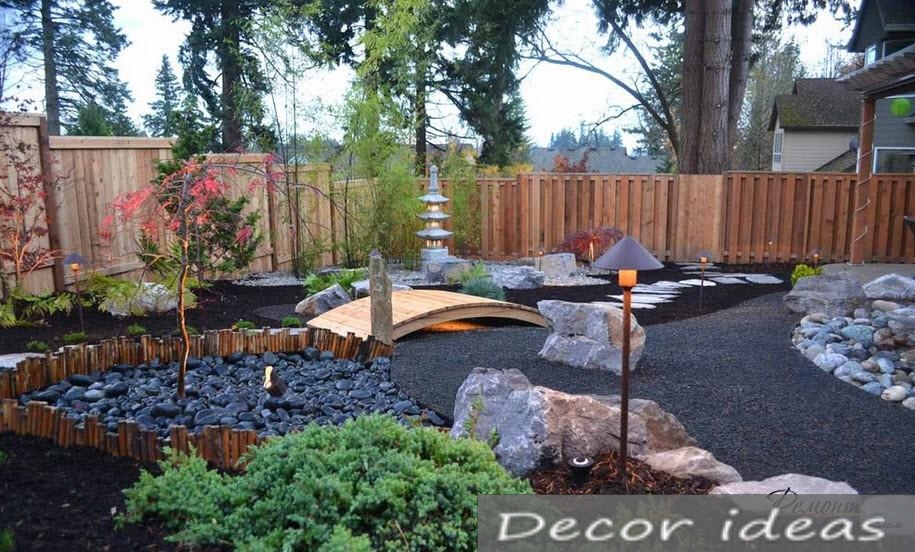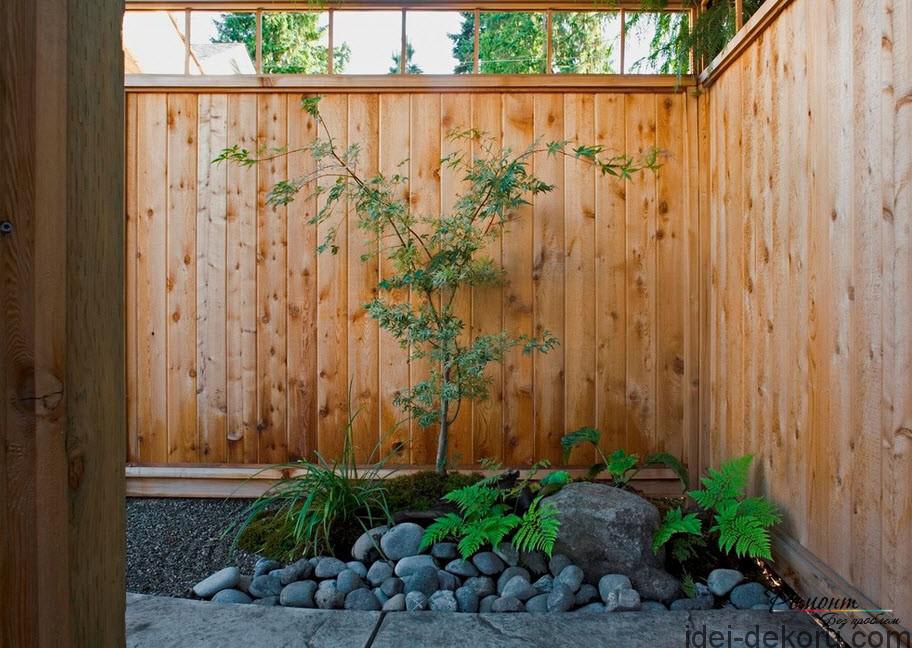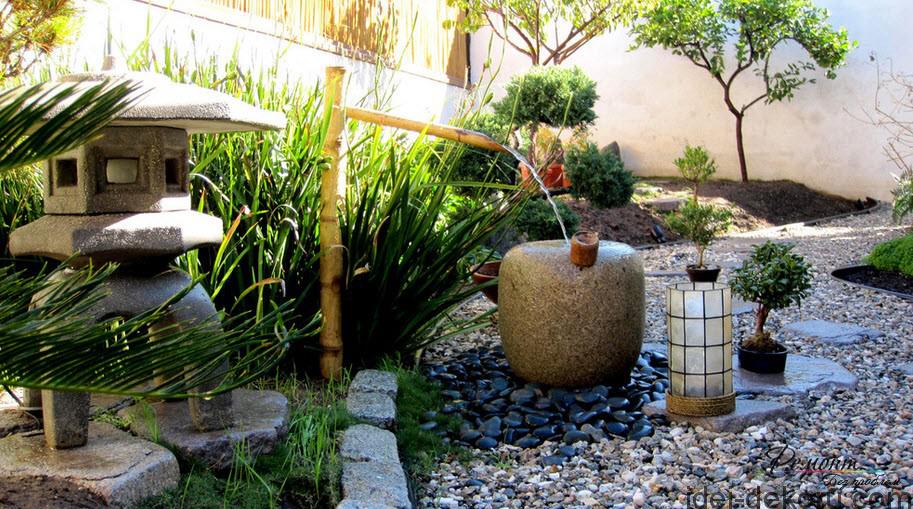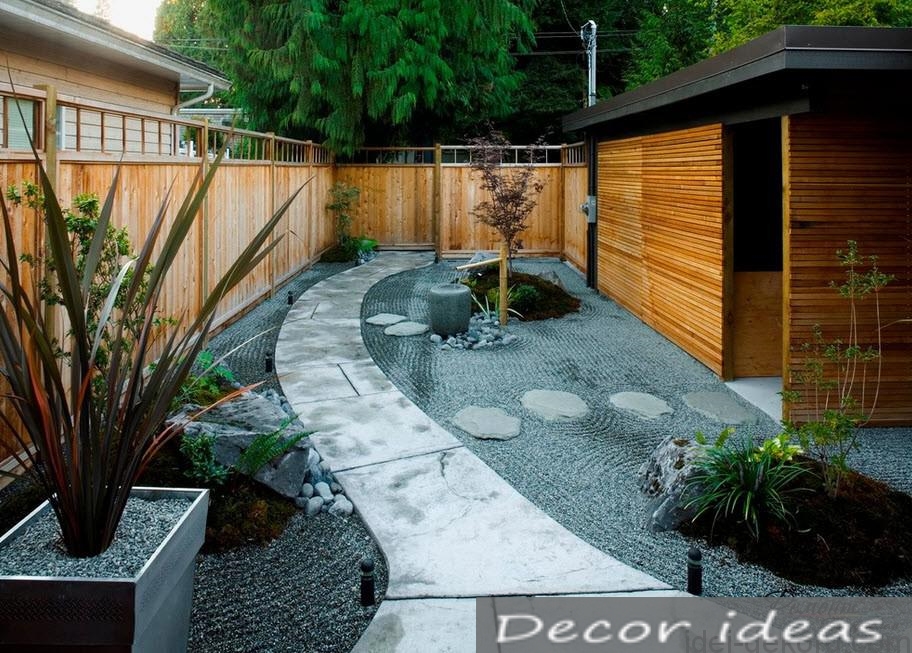Garden in the Japanese style (17 photos)
The Eastern trend is very relevant today. European culture welcomes the exotic and along with spiritual practices, original recipes and traditions selects the Japanese model of development section. Ideas for the East direction is clearly different from the classical design methods. This excludes the freedom in creativity and design due to the strict to the of a given topic.
Japanese garden – the philosophy of wisdom, a place for relaxation and contemplation. A space that carries meaning, built in miniature, the characters and order. The organization of The landscape is identified with peace, and implies a renunciation. Confessing the principle of the merger of man and nature, the concept provides for a change of scenery complementary composition with the inclusion of independent elements on alone.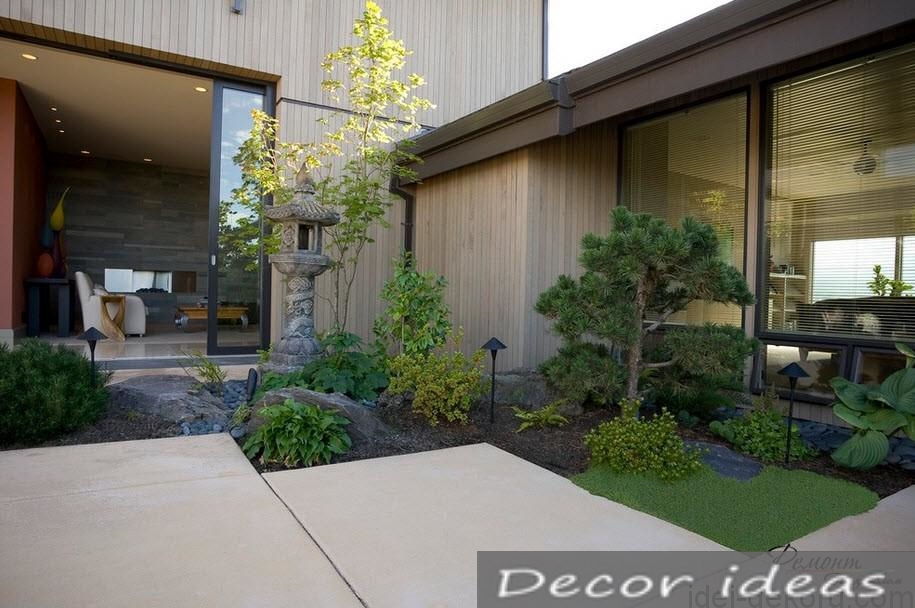
Gardens of Japan – history of development
The gardens of Japan have an ancient history that dates back more than a thousand years. In the oldest guide in the world for the arrangement of gardens “, Sakuteiki,” written presumably in the second half of the ELEVENTH century, describes the art of landscape design of Japan.
In the development of Japanese gardens there are several periods:
The Nara period (VI – VIII centuries) is characterized by the influence of Chinese culture. Symbolism appeared, various plants and water structures were used. The location of the garden next to the Imperial Palace is a characteristic feature of this period. Each element of the garden carried a meaning. The so-called temple and Palace gardens are being created.
The Heian period (IX – XII centuries). During this period, the capital of Kyoto appeared, with it the culture of creating gardens began to flourish and became an integral part of the life of representatives of high society. Creation of gardens of Japan of this period is a prerogative of aristocrats and educated people. During this period, there are the first gardens of the tea ceremony, which is directly related to the design of the gardens, so it was held in a special pavilion, the path to which lay through the garden.
Muromachi period (XV century). A characteristic feature of the creation of gardens of this period is the availability of free space to the visitor himself was able to finish the picture in his imagination. Quite simple compositions with a small number of expressive and meaningful elements are used.
Moribana period (late XIX – early XX centuries) At this stage there is an adaptation to the conditions of the European interior and reflects the influence of Western civilization. A special element in the Japanese garden are flat floor vases.
The art of creating a garden of Japan is developing rapidly in our days. Refined traditional style is based on the experience and developed methods of creating gardens and care for them. Acquired skills are passed on from generation to generation. Based on more than a thousand years of experience in garden art, the Japanese divide the gardens by functional characteristics into several groups: temple, Palace, tea ceremony gardens.
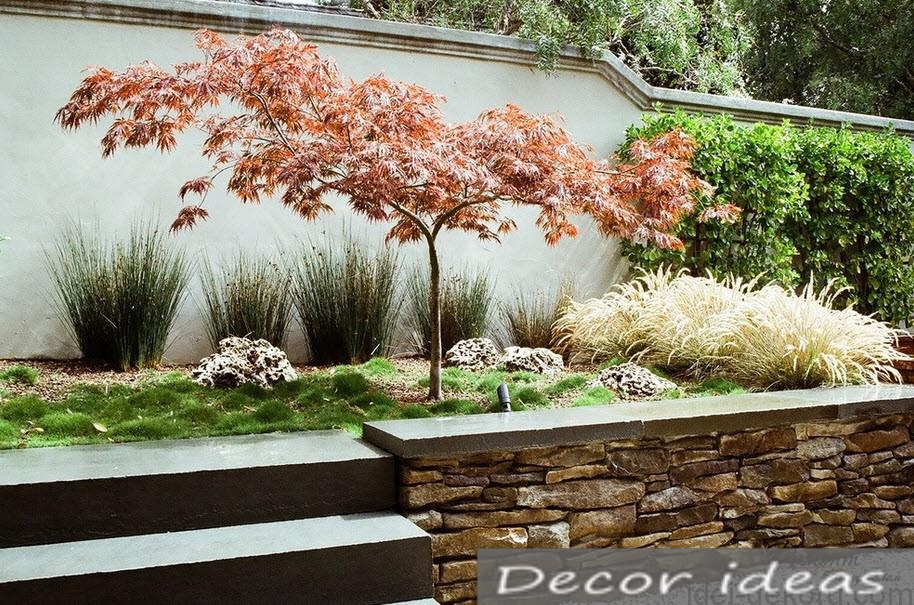
The Japanese rock garden is a small rectangular area strewn with white coarse-grained gravel. It is located along the garden and is part of the temple complex, and therefore visitors are given the opportunity to get a portion of aesthetic pleasure only from the veranda of the temple. The composition of the garden consists of five groups of black rough stones in the amount of fifteen, “framed” by green moss. The atmosphere of the sea coast creates a “combed” on parallel grooves sandy surface. The feeling of security and comfort is provided by the Adobe fence, which as a wall separates the three sides of the garden from the outside world, the world of vanity and disharmony. But which side of the veranda You would not be standing, no matter how hard you looked, to see the fifteenth stone You will not succeed. Although, sometimes it creates a false impression that you can see all fifteen stones. Unfortunately, this is only a deception. To achieve this effect helps the wrong shape of the stones, which is why each of them is perceived as a full two. The chance to witness the famous fifteenth stone of the garden features. Only those who achieve “enlightenment”will be able to see it.
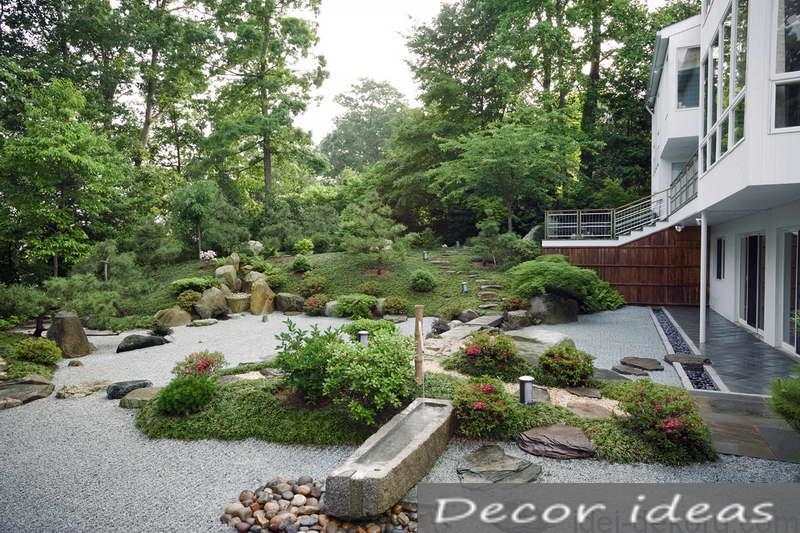
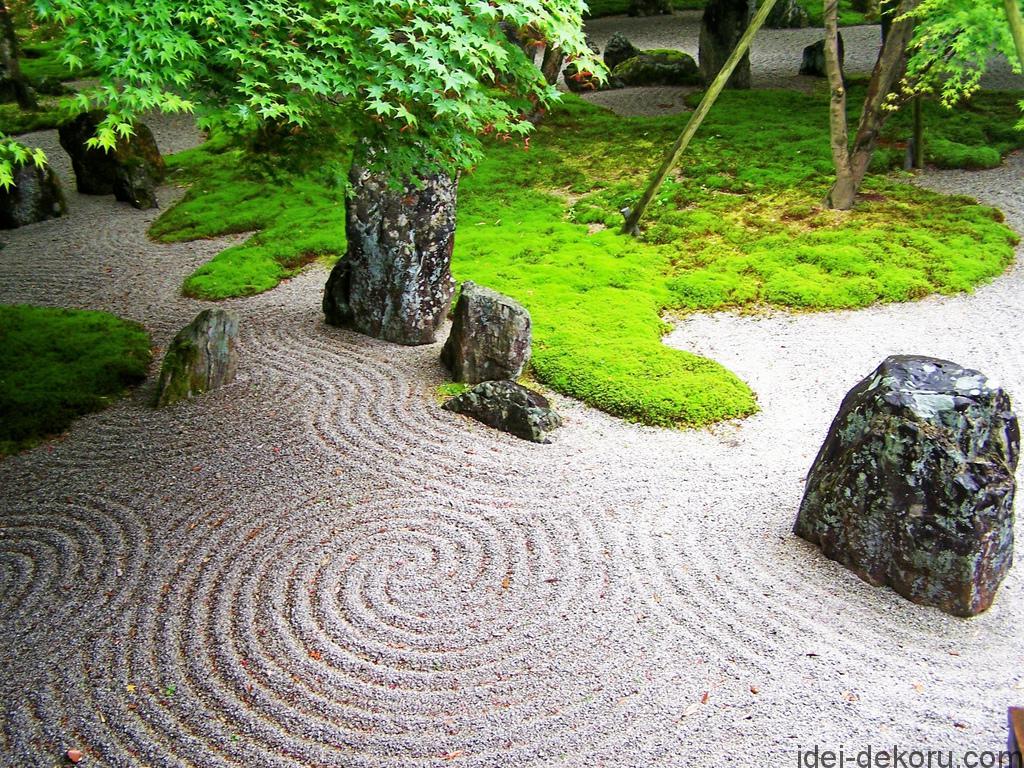

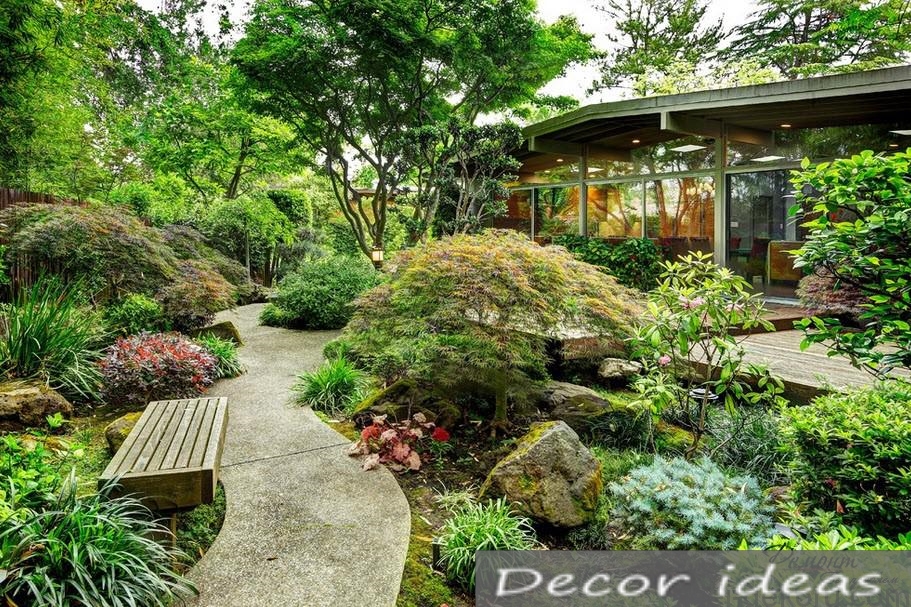
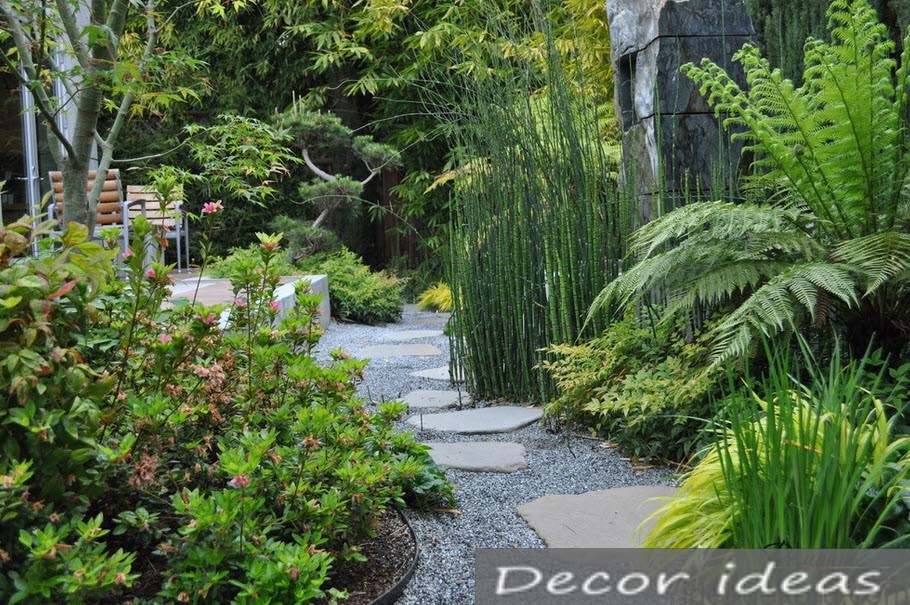
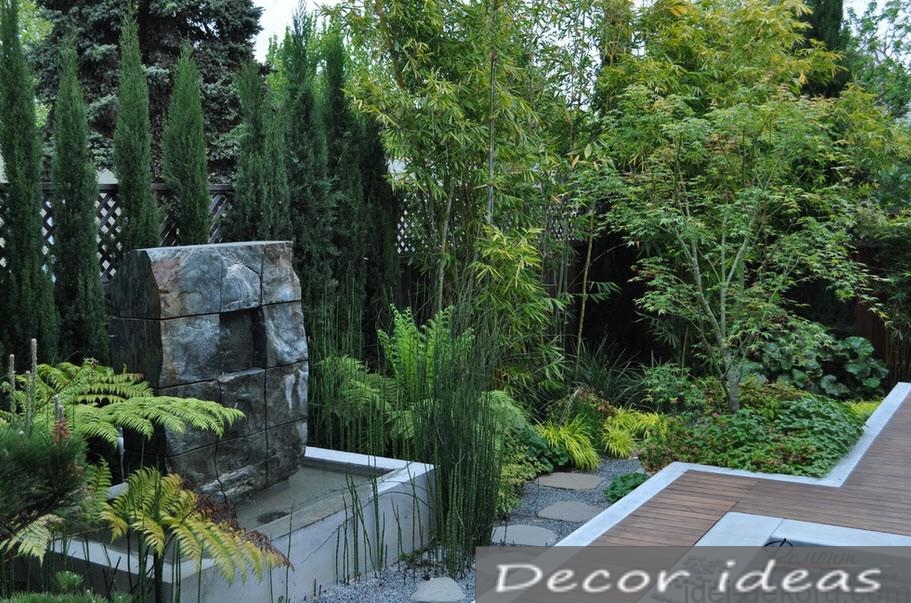

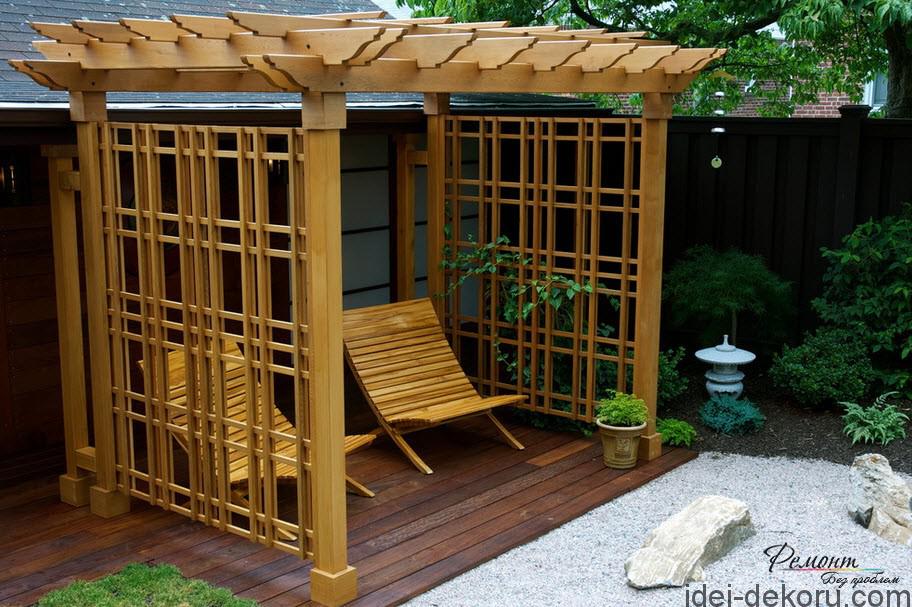
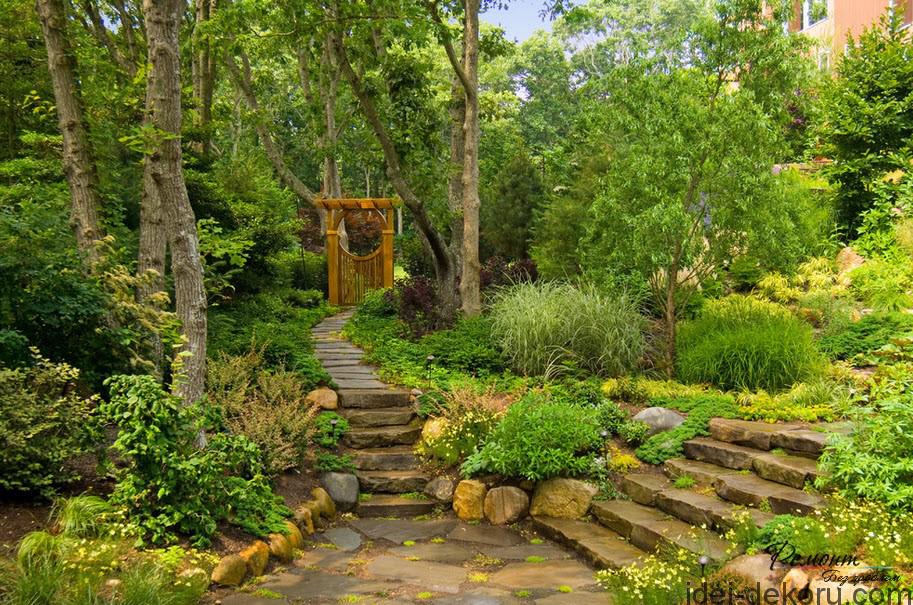

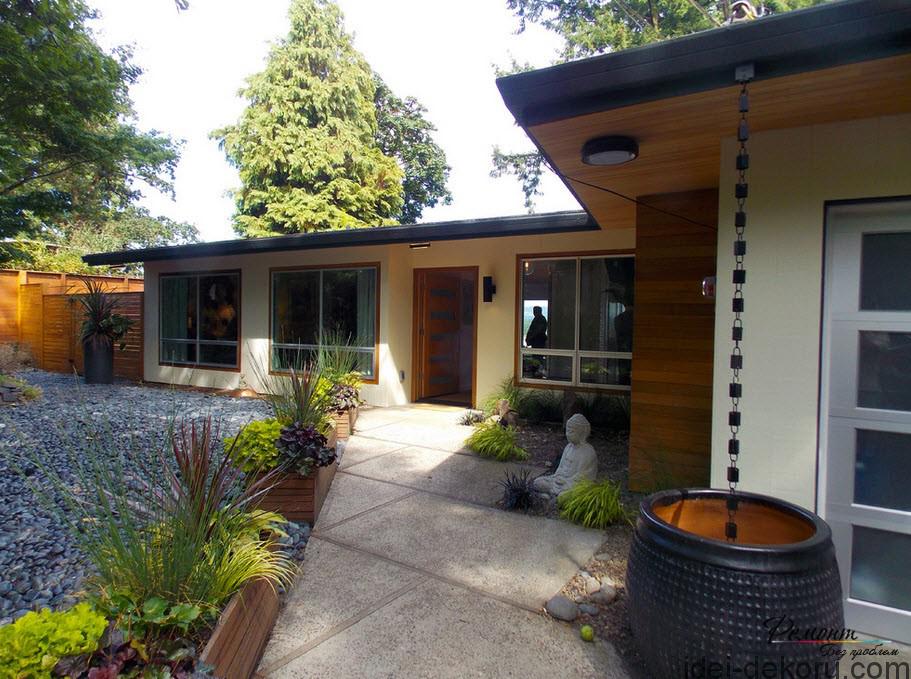

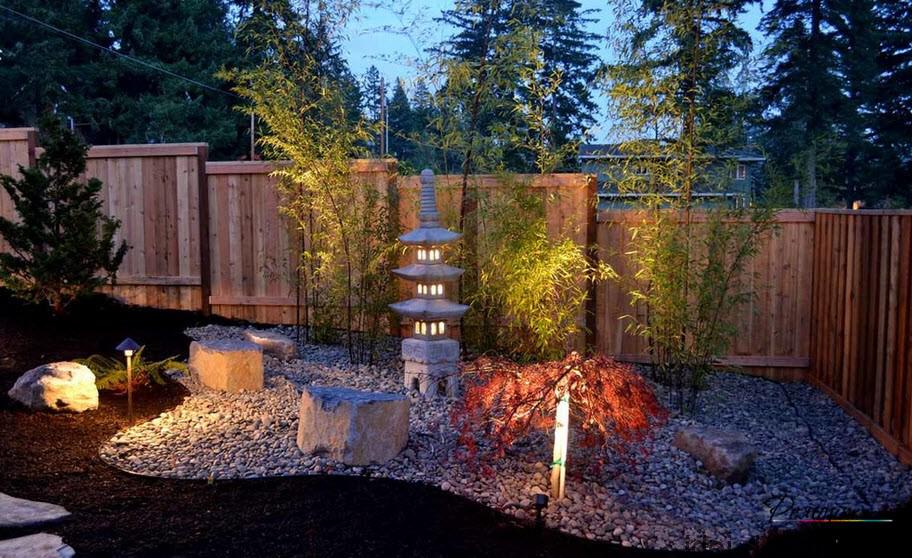
The idea of using plastic bottles
